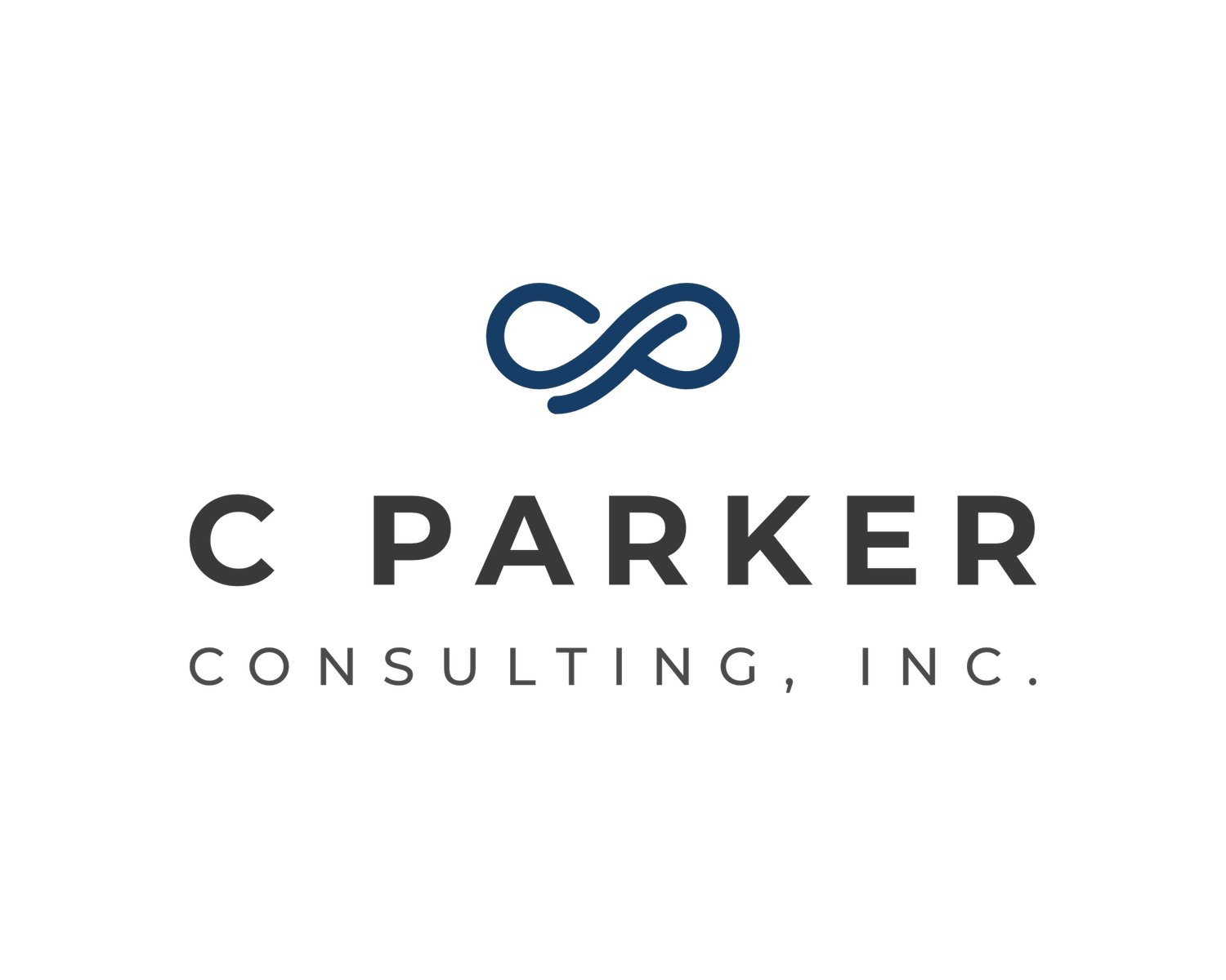What Role Do You Play on Your Team?
/Ever served on a team and thought, "this is the most dysfunctional group of people, I've ever been in a room with?" (No, I'm not talking about your family!) I'm talking about teams that just can't seem to get it together. They seem to have all the necessary tools for success: They know what their purpose is, they've identified their stakeholders, they are clear on their boundaries, and they may even have an adequate budget and IT tools, yet they still can't get their product/service out the door.
The issue is not the tools, it's the fact they may not know how to work together as a team. It sounds so cliché and as senior leaders, we've all attended leadership trainings to help us be more effective. But… the practicality is that teams need to understand, appreciate and give space for various roles to step up and lead the team when the time is right for their role.
Here's an example, let's say it's 4th quarter and you are working on a team that is charged with developing a strategic plan for the next year. At first, the meetings were dynamic – lots of good ideas and enthusiasm in the room. Then, as the weekly meetings continued, the energy died and you felt like the team was spinning its wheels, having the same discussions, and not moving any closer to actually putting fingers to keyboard to write the document. It's not that the project changed or new people came on the team. It's likely that your team members are feeling unfulfilled. Let's dig deeper. At first, when the team came together, there was excitement about what next year looked like – lots of brainstorming and idea sharing of what the future could look like. It was fun. You probably had people up at the white board drawing out ideas and then "selling" you on their positions. Did you notice though that some people around the table had a skeptical look on their face, or others may have voiced a "Yeh, but" only to be silenced by the enthusiastic extraverts? Often, these folks are seen as the naysayers, when what they are really good at is quality-checking ideas against reality. Or some may be scratching their heads because they know they will be responsible for overall implementation and with all the conflicting ideas flying around, they have no idea where to begin, so asking questions helps solidify their understanding. But, instead, now they have been labeled as, "difficult," a "buzzkill" or "a downer." Slowly these people disengage, sometimes forming an alliance to undermine the original purpose of the team.
Knowing the strengths of your team members can help set the stage better, allow for brainstorming in the initial stages of the project and then allow the project to come to conclusion minimizing conflict.
Fast forward a few more meetings…Let's say, Buzzkill Bob has finally been able to speak up, ask his questions, and is now coming to the meeting with a full blown task list and time line that will allow this strategic plan to be written. He's excited and so are the colleagues that early on had asked quality questions and sought out additional information. As he begins presenting "how" the team will write the plan, those early on visionaries start scowling. They are suddenly feeling locked in to something they were originally just sharing ideas on. Now, they begin to slink back in their chair wide-eyed in trying to make sense of the connection between their brainchild and this very structured project plan with task lists, assignments, time tables, budgets, etc. Meanwhile, others are hanging on every word and meticulously adding in the details to get the job accomplished.
Once can easily see how conflict can arise.
Here's a different scenario: A meeting is called with key business leaders with a goal to write a new strategic plan for the organization within 3 months. At the first welcome meeting, the goals are outlined, budget factors, resources, and overall expectations of the product are clearly defined – just as before. AND…in addition to all the business factors, each person in aware and can articulate their strengths, allowable weaknesses, and how they will best contribute to the team. These assets are stated up front so there are no surprises to responses during meeting discussions. For example, the people who are great at ideas are needed early on to help solve difficult problems or brainstorm creative solutions. Those that are not naturally creative should not be critical, but can take some nuggets of the generated ideas, gather more information, test it out, and formulate an implementation plan. At the plan stage, those creatives, should not become frustrated with all the details, but they should recognize the strengths of those that can bring their ideas to life!
When teams recognize and appreciate each other's strengths and more importantly, give each other space to succeed, creative products can be delivered on time, within budget and with the highest of quality all the while creating a positive environment where team members are contributing, supporting each other and thriving!
Sound too good to be true? It's not. It's totally doable and is the premise of Belbin Team Roles. Cara Parker is an accredited consultant to work with teams to maximize their performance using Belbin Team Role Theory coupled with her Project Management Professional Certification. To inspire your team, contact her directly at 540.623.7454 or check out her website at: www.cparkerconsulting.com.





